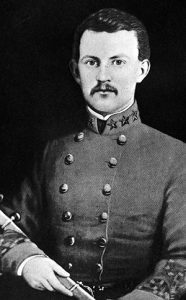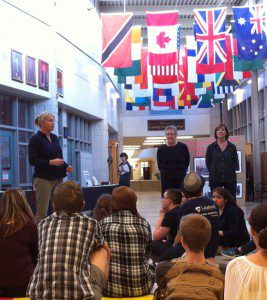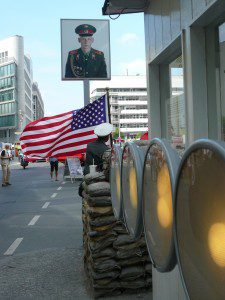
The basics of the story were chiselled into the brass plaque in front of us. It described the heroic advance of a young colonel in the Civil War. More important, beside the plaque, in this little gulley known as Willoughby Run in the middle of Gettysburg National Military Park, one of my dearest historian friends, Paul Van Nest, described the final charge of an officer with the 26th North Carolina Regiment on July 1, 1863.
“His name was Henry King Burgwyn Jr.,” Van Nest said. “He was just 21 years of age, the youngest colonel in the Confederate Army. It was his last charge.” (more…)

